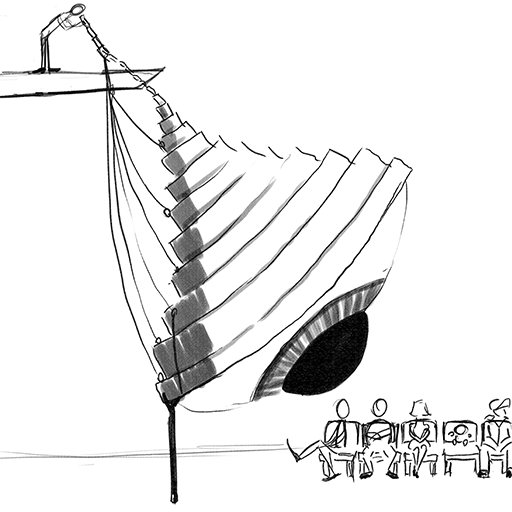So in the last article we looked into doing a competitive analysis on your project. In this article, we will look at why understanding your audience is so important to your success, how to monitor and measure these post-launch using Analytics reporting services, and how to successfully adapt your design and strategy based on your continuous findings.
Why do I need to know who my audience are?
I’m really hoping that there aren’t any game developers out there who are actually asking this question. Whether you’re making a game for profit, or making a game for the fun, or for art or any reason, your audience are the people who will be playing it and the success or failure of your game depends on them.

The thing is, you might think you know your audience while you’re making your game, but chances are you have missed the mark in some respect. You can never use yourself and people you know to deduct who is the average player, because that’s not a reliable piece of information.
And yet, knowing who your audience is really is the difference between success and failure. What would you do if you suddenly found during the last month of development when you discover that instead of your average target audience being a 35 year old male they are in fact on average, 16 year old girls? Do you release the game as intended, or have emergency design meetings to work out what can be used and what needs to change for the game to connect with the target audience?
Its great to know this stuff before you launch, but unless you have in house analysts or can afford premium market research services, you will likely need to work this out post-launch through the use of Analytics reporting services.
Analytics & Post-Release Audience Research
Analytic reporting services enable developers to add hooks into their game that record and report data back on user play habits. Used in the wrong way, it can be useless, but used with the mindset to continuously adapt the product based on the findings, it can turn a flop into a long-tail success as well as shine light on new markets.
The most commonly reported information is usually made up of:
-
How many users have gotten to each stage / level
-
User play sessions per day
-
Daily active/ Monthly active users
-
Conversion rates
-
In App Purchase metrics
-
Favourite Item / Object / Level
-
Most Purchased Item
-
Least Purchased Item
-
User and Average User Lifetime
But really you can report just about anything you want such as recording every time a user finds a unique weapon, or says hello to the legendary cow creature in your game.
The point is these are reliable statistics and they are data on your game meaning you can absolutely rely on them for estimations. You might be thinking, how can I gather this information before launch if I can only do it after launch? Well the answer to that lies in the soft launch.
Soft Launch
A soft launch is when a developer releases their game in a specific territory or set of territories with the aim of using the launch to gather data on the market performance of the game and user play habits. Developers do not normally do any PR or marketing at this point and the release is essentially silent so that any data gathered is not influenced by outside factors as much as possible.
Soft-Launching is a must in this day and age, with any game on any platform. It allows you to release, monitor and tweak your game to perfection, whilst isolated from all the high revenue markets you are aiming for.
Then when you’re ready, you strike with full force. Get reviewers talking about it, engage users, advertise, talk to the platform holder’s, approach any funding you can, and release (and pray).
Analytics in Unity
Let’s talk about how you can implement analytics in your unity game. I love unity, because they strive not just to provide a game engine, but a complete game development and post-launch ecosystem.
Unity provide one of the biggest and most successful advertising networks to developers, and you can turn it on just by flicking a switch inside of your Unity development environment. Once this is done, you’ll get a lot of analytics done automatically such as gathering information on Daily active users, monthly active users, number of downloads, revenue information and in app purchase data and a whole bunch more.
If you want to define custom triggers, that’s possible through use of the analytics API. For more information on how to set up analytics reporting in Unity, see https://docs.unity3d.com/Manual/UnityAnalytics.html
The long road to completion
Once you start recording and analysing information about your games and your competitors, your work is never truly done. You should always be updating your competitive analysis based on your analytics data, so that your research constantly becomes more and more reliable. Think of the long game, this will help you not just in this game project, but all of the ones that come after.
Join me next time, where we will discuss how to break down and time cost your game, as well as work out your cost per hour / day / month so that a time and rough financial budget can be made and then adjusted based on your research so far. We will also talk about how to effectively manage your time so you don’t procrastinate too much, through agile project management.



Leave a Reply